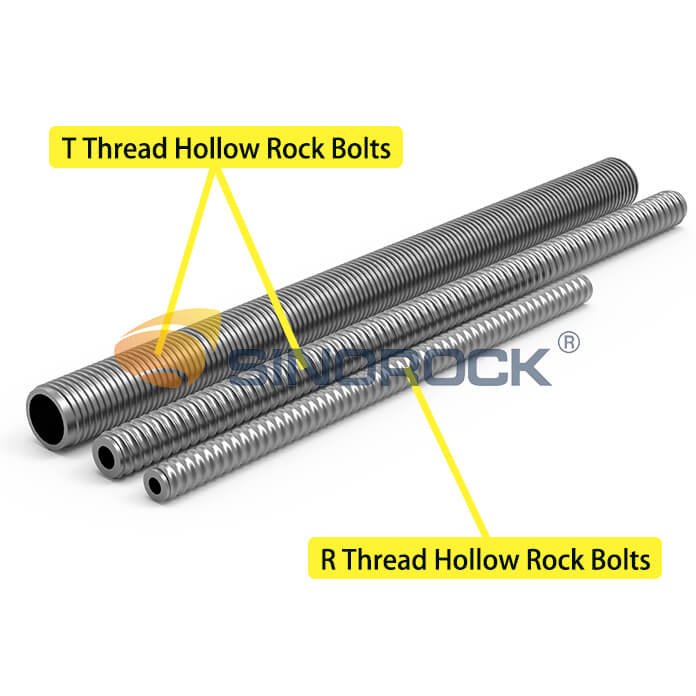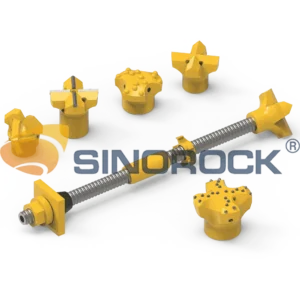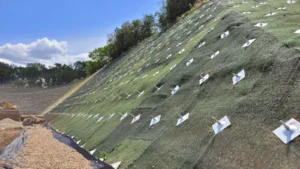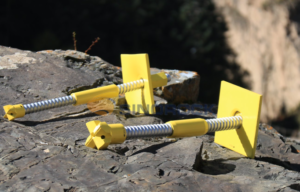As the global economy continues to develop, the demand for civil construction projects has surged, bringing with it the imperative for higher quality and security standards in building practices. The robustness and stability of foundations are paramount in ensuring the safety and longevity of structures. In this context, the methods used to reinforce and stabilize foundations are critical. Among these methods, the self-drilling rock bolt stands out due to its efficiency and effectiveness in various challenging geological conditions.
Understanding the Self-Drilling Rock Bolt
Self-drilling rock bolts represent a cutting-edge technology in foundation reinforcement. This method involves the use of a specialized drill bit attached to the end of a bar, which allows for simultaneous drilling, grouting, and anchoring. The process is streamlined and can be operated by a single skilled worker, making it both time-efficient and cost-effective.

The Mechanism of Self-Drilling Rock Bolts
The self-drilling rock bolt system integrates several construction steps into one. As the drill bit advances into the rock or soil, grout is pumped through the hollow core of the bolt, filling the drilled hole and anchoring the bolt in place. This simultaneous process ensures that the bolt is securely fixed while also stabilizing the surrounding soil or rock. The grout hardens, forming a strong bond that enhances the overall stability of the structure.
Applications in Challenging Geologies
Self-drilling rock bolts are particularly advantageous in environments characterized by weak or fractured zones, high ground stress, and significant geological deformations. These conditions are often encountered in projects involving tunnels, slopes, and underground constructions where traditional anchoring methods may fail.
Rapid Support in Unstable Conditions
One of the key benefits of self-drilling rock bolts is their ability to provide immediate support in unstable conditions. In scenarios prone to collapse, such as during tunneling or mining operations, these bolts can be quickly installed to stabilize the ground, thereby preventing accidents and ensuring the safety of workers.
Corrosion Resistance
Another significant advantage is the corrosion resistance provided by the coating. By adding epoxy or hot-galvanized coating, exposure to water and other corrosive elements is minimized, thereby extending the lifespan of the reinforcement.
Design Considerations for Effective Implementation
The successful application of self-drilling rock bolts requires careful planning and design, taking into account several critical factors:
1. Geological and Hydrological Conditions
Understanding the geological and hydrological conditions of the construction site is essential. This includes the type of soil or rock, the presence of groundwater, and any existing geological faults. Accurate site assessment ensures that the appropriate type and length of rock bolt are selected.
2. Security of Surrounding Structures
The proximity of underground pipes, buildings, and public facilities must be considered to avoid damage during installation. This requires detailed mapping and sometimes the use of advanced monitoring techniques to detect and mitigate potential risks.
3. Overall Stability and Subsidence
The overall stability of the supporting structures and the potential for ground subsidence need to be evaluated. Subsidence can affect not only the immediate area but also surrounding structures, leading to long-term issues if not properly managed.
4. Safety and Economic Viability
Balancing safety and cost-effectiveness is crucial. While the primary goal is to ensure the safety and stability of the structure, the chosen reinforcement method should also be economically viable. This involves selecting materials and techniques that provide the best return on investment in terms of durability and performance.
5. Machinery and Equipment
The deployment of self-drilling rock bolts requires appropriate machinery and equipment. This includes drills capable of handling the specific requirements of the site and grout pumps that can deliver consistent pressure and volume. Proper equipment management ensures smooth and efficient operations.
6. Interdisciplinary Collaboration
Effective foundation reinforcement requires collaboration between geotechnical engineers and structural engineers. By working together, they can ensure that the design of the reinforcement system is consistent with the overall structural requirements of the project, leading to better integrated and more reliable solutions.
Conclusion
The development and implementation of self-drilling rock bolts have revolutionized foundation reinforcement in civil construction. Their ability to provide immediate support in challenging geological conditions, coupled with their cost-effectiveness and efficiency, make them an invaluable tool in modern engineering. As the industry continues to evolve, the role of self-drilling rock bolts will undoubtedly expand, driven by technological advancements and the ever-growing demand for safe and stable infrastructure. By understanding and addressing the complexities involved in their design and installation, engineers can ensure that these innovative solutions continue to deliver reliable performance for years to come.





